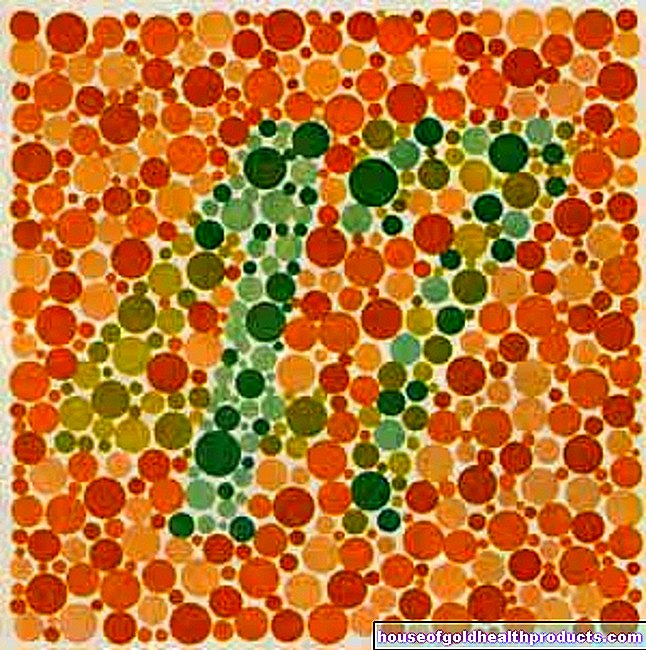Metastases: loopholes for tumor cells
Christiane Fux studied journalism and psychology in Hamburg. The experienced medical editor has been writing magazine articles, news and factual texts on all conceivable health topics since 2001. In addition to her work for, Christiane Fux is also active in prose. Her first crime novel was published in 2012, and she also writes, designs and publishes her own crime plays.
More posts by Christiane Fux All content is checked by medical journalists.Metastases develop from cancer cells that detach from the tumor and travel to other organs via the bloodstream. To get back from the blood vessels to the tissue, they use a nifty trick: they induce individual cells in the vessel walls to self-extinguish and then slip through between the wall cells.
Many cancer patients do not die from the actual tumor, but from its offshoots. Preventing this would be a quantum leap in cancer therapy. Scientists from the Max Planck Institute in Bad Nauheim and the University of Frankfurt have now discovered a possible basis for such a therapy: They have discovered the exact mechanism by which the migrating cancer cells can pass through the wall of the blood vessels.
The easiest way to do this is in the area of the smallest vessels, the so-called capillaries. In contrast to the thicker-walled larger vessels, they essentially consist of a single layer of cells, the endothelium. On the outside, however, there is what is known as the basement membrane, a tough structure that acts like a barrier and is difficult for tumor cells to penetrate.
Command to self-destruct
In cell cultures, the researchers observed that some tumor cells have the ability to kill individual endothelial cells. The cancer cells activate a certain receptor molecule on the surface of the endothelial cells, the so-called "Death Receptor 6". As the name suggests, this has fatal consequences for the vascular cell: it then starts a suicide program and destroys itself - a process known as necroptosis.
It has not yet been fully clarified whether the tumor cells migrate directly through the gap in the vascular wall or whether they take advantage of an indirect effect: "We have indications that when the vascular wall cell dies, molecules are released which then make the surrounding area more permeable make the tumor cells, "says Stefan Offermanns from the Max Planck Institute for Heart and Lung Research in Bad Nauheim, who was involved in the study.
Less metastases
In studies with mice, the researchers were able to show that the mechanism also works in living organisms. Even more: The Max Planck researchers were then able to observe that in animals whose death receptor 6 had been switched off, less necroptosis occurred in the endothelial cells. Above all, there were far fewer metastases in the genetically modified animals. The researchers achieved the same effect when they merely blocked Death Receptor 6.
Transferable to humans?
The researchers hope to be able to prevent the formation of tumor metastases in humans using the mechanism they have discovered. However, it must be examined beforehand to what extent the observations can be transferred to humans. And whether a corresponding blockage has undesirable side effects is a question that must be clarified in advance.
Source: Strilic B et al .: Tumor cell-induced endothelial necroptosis via death receptor 6 promotes metastasis; Nature; 3 August, 2016
Tags: Menstruation Diagnosis organ systems





























